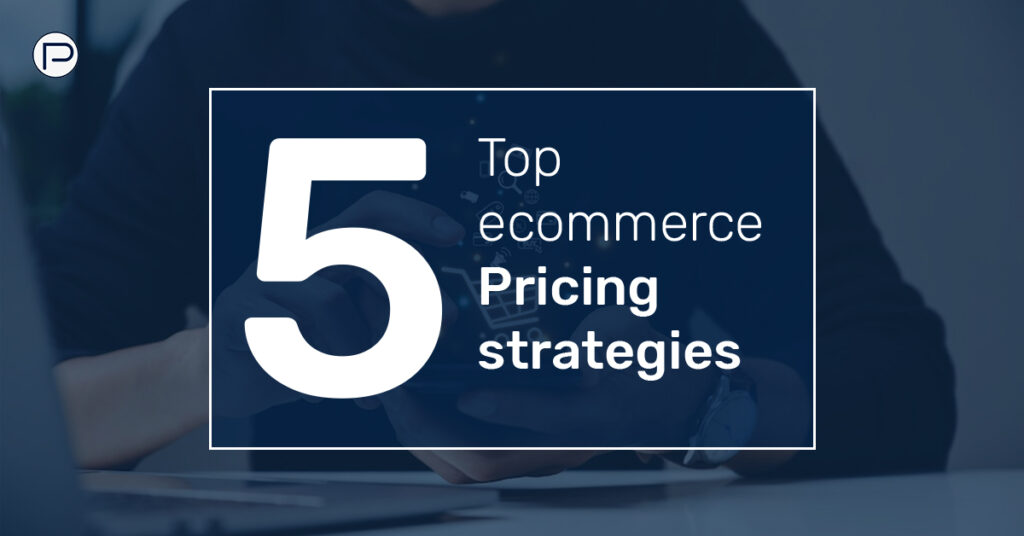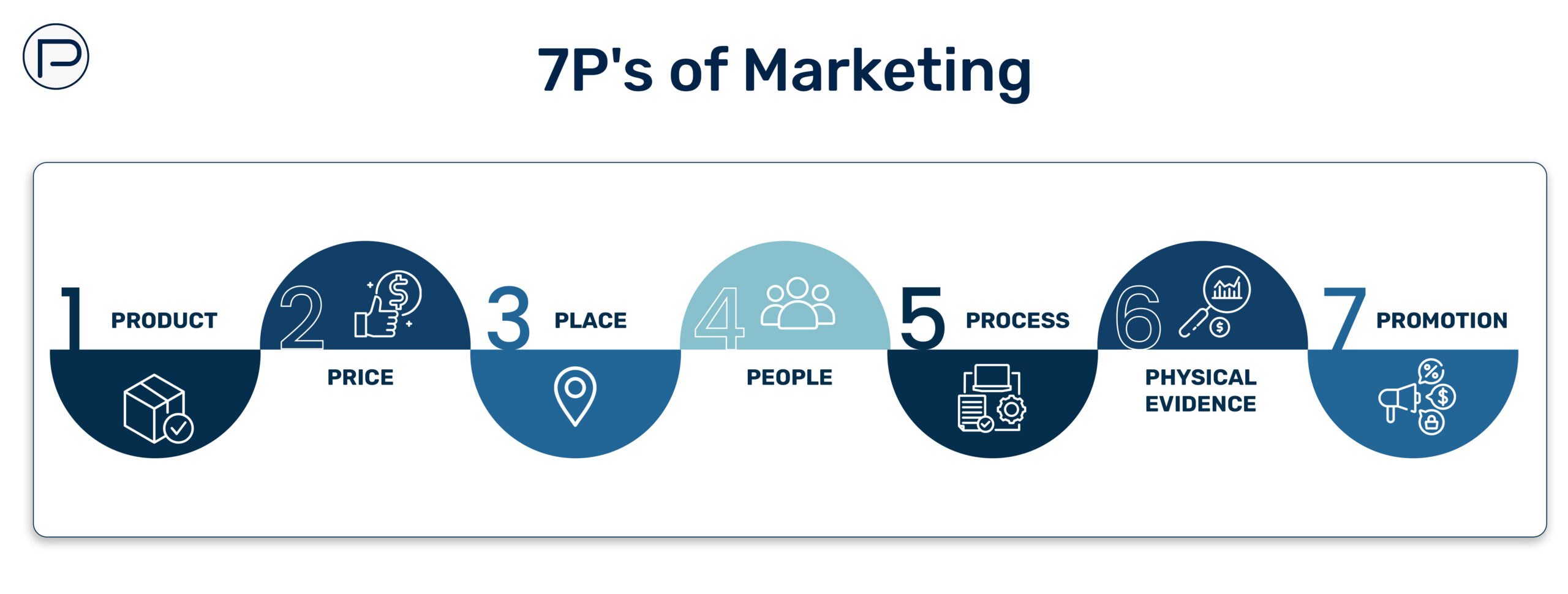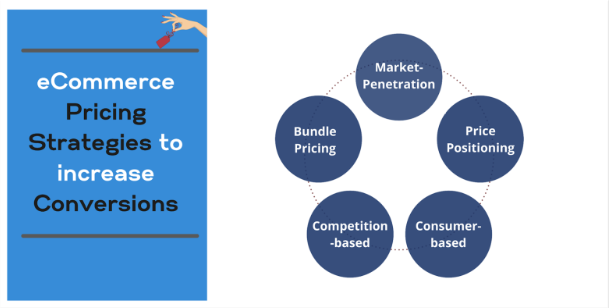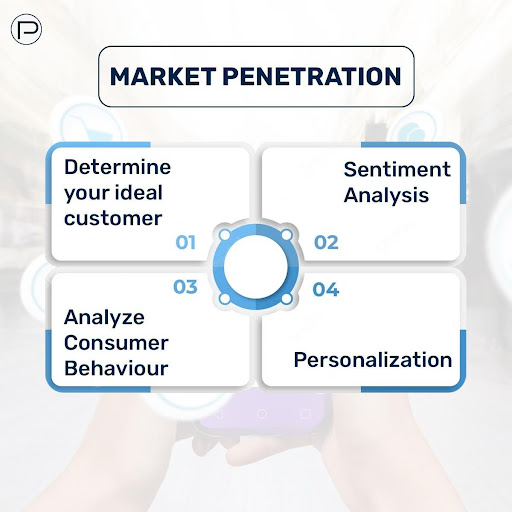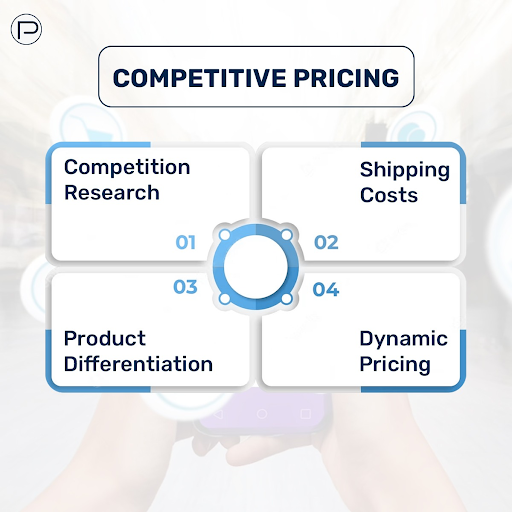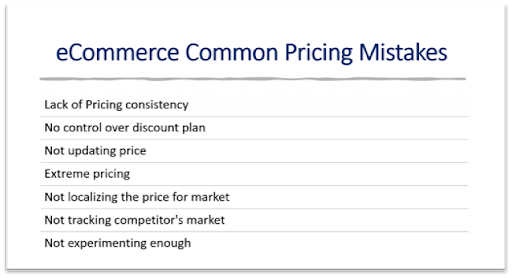Introduction
As the adage goes, “A stitch in time saves nine,” the same holds for knowing how to price things in online commerce. Plan your moves carefully, as this is crucial.
As a business owner, you should know that even if you have the finest product in the world, it will fail if you price it poorly. Competitors’ prices, supply and demand, and customers’ willingness to pay should all factor into your pricing decisions. Shopping has altered thanks to ecommerce. A smartphone or laptop is all you need to buy something now. Online purchasing and product availability are rising tremendously.
If you charge too much, customers will stop buying from you, and your business will fail. But if you shoot too low, a competing product may surpass yours.
It’s essential to look into the inflation rates of the countries you’ll target and modify your pricing approach based on the information you find. Marketing and operational expenses, production costs, competition and market dynamics, and customer value will influence your online store’s best ecommerce pricing strategy.
With 300,000,000 active users, Amazon is one of the world’s largest ecommerce platforms. Amazon is believed to adjust its prices more than 2.5 million times daily to keep its costs lower than its competitors.
Examine how you may implement each of them into your company to maximize return on investment. But before we get into that, let’s learn how pricing works.
Table of Contents
eCommerce Pricing Strategy – The thrust of Discussions
Brand value expansion should be a constant top strategic focus. Always adhere to the three fundamental steps or the three C’s of brand development: consistency, persistence, and restraint.
- Product – Ensure the product satisfies customer needs before offering it to a new target market.
- Price – As it can affect your ROI, the product price should be appropriate for consumer expectations, low and low.
- Promotion – Strategically market your product so consumers can discover its qualities and evaluate if it satisfies their needs.
- Place – Proper placement of the ideal product might increase sales.
- People – Businesses need to focus more on this essential marketing strategy. All of your team members and business partners who interact with customers—whether in customer service, operations, or social media—should know about the company’s offerings (products and services).
- Physical Evidence – Including physical evidence on your brand’s website, such as case studies and client testimonials, can attest to the high calibre of your company’s services.
- Process – Having the proper back-end procedures in place is essential to providing a smooth and compelling customer experience and meeting the expectations of your clients. Examine the consumer’s journey and ensure all the steps are taken efficiently.
How to Plan Your eCommerce Pricing Strategy
We need to ensure that the price is in line with the other marketing mix components, which we did earlier by linking them together.
Your eCommerce pricing plan might affect SEO and comparison engines and attract smart shoppers.
We need to verify that our target audience can afford our services and determine how much they will value them. Then, brands need to set prices based on the
demographics of their chosen consumers’ willingness and ability to pay.
Second, it is vital to ensure that the chosen pricing is consistent with the brand’s intended purpose while reviewing the product’s or service’s plans and objectives.
Last but not least, we have to ensure the brand is profitable enough to pay for itself and, ideally, turn a profit quickly or over the long term.
5 pricing Strategies to Run a Successful eCommerce Business
1. Market-penetration eCommerce pricing strategy
When entering a highly competitive market, penetration pricing is imperative. Promotional methods and discount codes can play a significant part in attracting new customers and raising awareness for a brand.
But pricing has to be strategically valued as it can lead consumers to undervalue or misperceive the quality of your products, thus harnessing a brand’s image.
- Determine your ideal customer.
Analyze your client profiles using both historical and current data.
You can sort the data by age, gender, purchase history, area, job title, challenges, income, goals, industry type, revenue, and company size. - Analyze Consumer Behaviour
Examine consumer behaviour with the factors influencing purchasing decisions.
For example:- Online shopping has become popular not only because it is convenient but also because it is cheaper. Customers nowadays are far more price-savvy and are more likely to cancel an order before completing payment if they locate a better offer elsewhere. - Sentiment Analysis
Sentiment analysis evaluates digital text to identify whether the message’s emotional tone is good, negative, or neutral. Companies now have massive amounts of text data, such as emails, customer service chat transcripts, social media comments, and reviews. Sentiment analysis algorithms can help brands utilize data to improve customer service and boost brand reputation plus loyalty. - Personalization
Personalization can be why a customer chooses your brand over another. The most important thing about personalization is that it lowers complexity. If your personalization algorithm can guess what customers are looking for, it will be easier for them to find it.
Brands must gather, store, and analyze customer data to create tailored experiences. Therefore, they must notify customers about how they collect this data, how long they keep it, and what they do with it. Meanwhile, sales need more personalization.
It can lead to more sales, loyal customers, and a better customer experience. It can also give you a competitive edge.
2.Price positioning Strategy
This strategy entails pricing products or services at a lower price to attract customers and acquire good market share and ROI. It is suitable for scaling businesses considering long-term strategy because it is more profitable. Penetration pricing can effectively generate sales rapidly, attract price-conscious customers, and build brand recognition.
For example- Apple is one of the most well-known brands for its extensive use of price positioning. They have positioned themselves on the market as a premium brand, reflecting their products’ high perceived value. Their reputation as a premium brand has been established over time. Two of the most well-known smartphone brands are the iPhone by Apple and the Galaxy series by Samsung. In the first quarter of 2023, Apple’s iPhone sales in the United States accounted for 52% of the smartphone market share, with Samsung in second place with 27%.
Purpose: To increase a firm’s market share and profits by creating a solid brand image and differentiating it from other brands.
Advantage: This allows you to cater to high- and low-end customers without tarnishing your brand reputation. It can help you gain sales and reduce competition with other brands.
Things to consider before implementation: Identifying the target customer and analyzing the competitors in the market. However, it is more challenging to determine a price using this approach because it necessitates thorough market research and analysis.
Additional Note: This strategy requires a brand to position its products in specific price segments. It can also be called value-based pricing as it focuses on the perceivance of the consumers.
3. Consumer Psychology behind your eCommerce Pricing Strategy
Consumer data can provide significant and helpful insights into consumer trends and preferences, enabling you to develop a sound strategy and provide your customers with deals, discounts, or promotions. Customers are more likely to feel like they are getting a good deal when they think they are getting a discount or paying less than a whole figure. Setting prices at or slightly below round figures is a psychological pricing strategy.
Consumer psychology study helps you to identify their likes and dislikes. Pricing decisions are generally made by considering their perception of the product, not just its cost.
Influencer marketing has the potential to influence customer purchasing decisions. According to an Adobe survey, 30% of shoppers say influencer referrals influence shopping decisions.
4. Competitive Pricing Strategy
In today’s world of online shopping, the correct pricing can make or break your company. Traditional retail practices have had to adapt because of the rise of the Internet as a shopping resource. A company needs to have a solid pricing strategy in today’s market.
A competitive pricing strategy considers this consumer behavior by basing prices on what the competition is charging.
After studying competitor products, your brand can set higher, lower, or matching pricing.
This method allows you to adjust prices in response to market demand. A market pricing plan can be effective and low-risk if your products or services are similar to your competitors. However, this strategy could only be successful if your prices were reasonable compared to your rivals. A business must monitor the pricing set by its competitors for the identical product it is offering. Online shopping has made consumers more informed and picky than ever by allowing them to research products and compare prices without getting out of bed.
Competitor-based pricing involves more than just setting lower prices than your rivals; you also need to choose the best products and the ideal price points for your offer and ensure that your consumers know how to provide better discounts.
Competition Research – Researching is a very crucial part of pricing. It can lead to higher levels of success. If you want to stay ahead of the competition, you need to know what information your competitors are giving to their customers. Examine their advertising budget, media spending and strategy to get a jist for how they price similar products.
You can have an advantage over competitors by looking at their guiding principles and developing your strategy using that analysis.
Product Differentiation – It has an impact on how consumers choose their products. Determine your target market, and pay attention to your product’s USP. , the preferences and search histories of your customers. You subsequently have a competitive advantage as a result of this. It contributes to better brand recognition.
Shipping Costs – According to Shopify data, over 50% of consumers shop online for free delivery, with coupons and discounts coming in second at 38.7%. Keep shipping costs at a minimum, as they can significantly impact a customer’s ability to afford a product. Offering less or zero shipping makes your products more affordable than the competition and draws in more buyers. Working with a logistics firm might help you cut costs and streamline your supply chain.
For example:- Have you ever put something in your Amazon shopping cart or wish list and found out later that the price had changed? Amazon’s pricing is regularly adjusted on a minute-by-minute basis. Their system sifts through massive volumes of data, such as market trends, competition pricing, consumer behaviours, and other factors.
Dynamic Pricing – With this pricing strategy, brands can modify their rates in real-time in response to changing market conditions, demand, stock levels, and rival pricing. In ecommerce pricing, dynamic pricing can be a significant tool for increasing customer revenue and satisfaction. Dynamic pricing was said to have helped Amazon improve earnings by 25% in 2016.
Many companies have been using dynamic pricing to gain an edge over rivals and boost return on investment in recent years.
Purpose: If you are new in the business. Researching your competition lets you know their pricing, distribution, and promotional tactics. You can use this data to make an informed decision about your brand.
Advantage: Offers more visitors and a chance to win more customers; keeps your game afloat with constantly changing trends.
5. Bundle Pricing Strategy
Image Source – Amazon
Bundle pricing is a business strategy in which more than one product is bundled and sold at a single price rather than assigning individual prices to each item.
A bundle pricing mixes two or more products combined for a lower price than the sum of their expenses. The bundle pricing strategy increases revenue by drawing attention to the product package’s total value and reducing shipping costs by offering multiple items in one shipment. Bundle pricing can boost sales volume if done strategically.
Customers may, for instance, be offered Buy One Get One Free specials. Moreover, purchasing a bundle can save more money than buying the items separately.
Advantage: You can charge customers a lower price when they buy several items, increasing your sales, and this positively impacts customers’ minds because they save money on shipping when purchasing multiple items.
This method works best when it includes complementary or similar products. The customer gets more value for the money spent, resulting in higher customer satisfaction through increased perceived value. It also offers more choice to the customer, thus providing flexibility in their purchase decision.
The inspiration behind this eCommerce pricing strategy is to enhance sales of lesser-selling items by bundling them with higher-selling items. Buyers can get more value than they would by purchasing a single thing.
Concluding Thoughts – Paxcom’s Take on Optimized eCommerce Pricing Strategy
The eCommerce pricing strategy is not a simple formula but a complex process requiring experimentation and experience. There are many different strategies, including cost-plus, value-based, competitor-based, and customer-based. When creating a pricing strategy for your business, it’s essential to consider your customers’ needs and best meet them. By doing this, you can ensure that your company is profitable and successful in reaching its goals.
Stay ahead of the competition with Paxcom’s Digital Shelf Analytics tool Kinator’s eCommerce pricing and promotion tracking services. As a brand in the fast-paced world of online retail, it’s crucial to have complete visibility over your pricing and your competition. A slight price difference can make all the difference in retaining loyal customers.
We are a multi-disciplinary team with ecommerce, development, business, and marketing experts to manage and facet all your requirements. Collaborate and let us help you make your ecommerce business a successful one.
If you want to know more about pricing strategies and various marketing and development segments, please get in touch with us at info@paxcom.net
